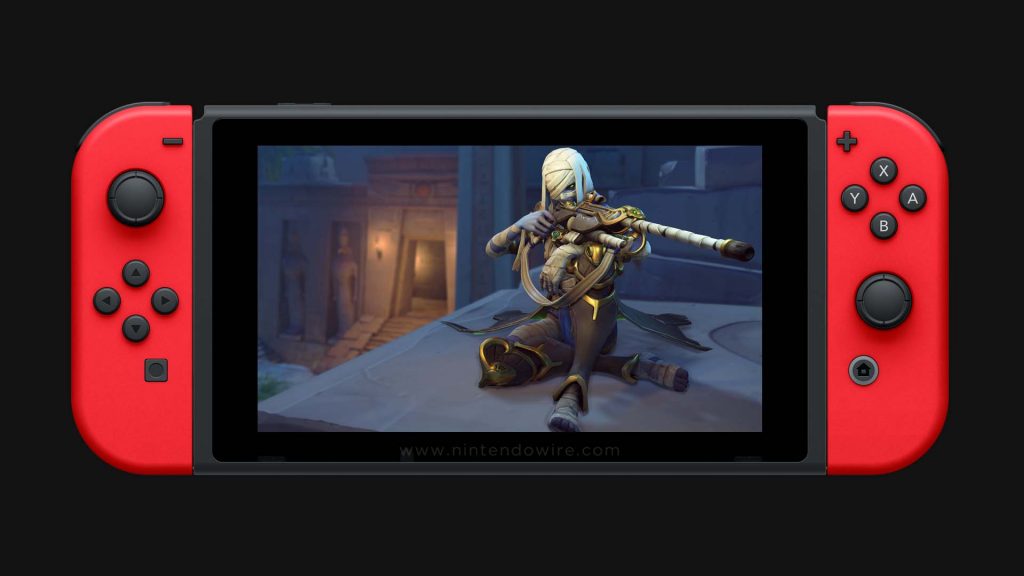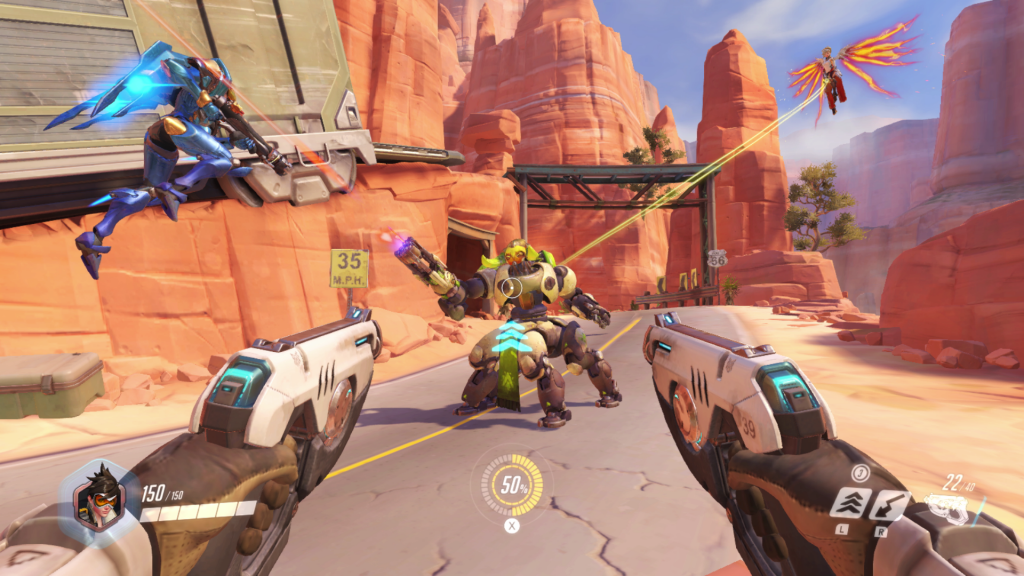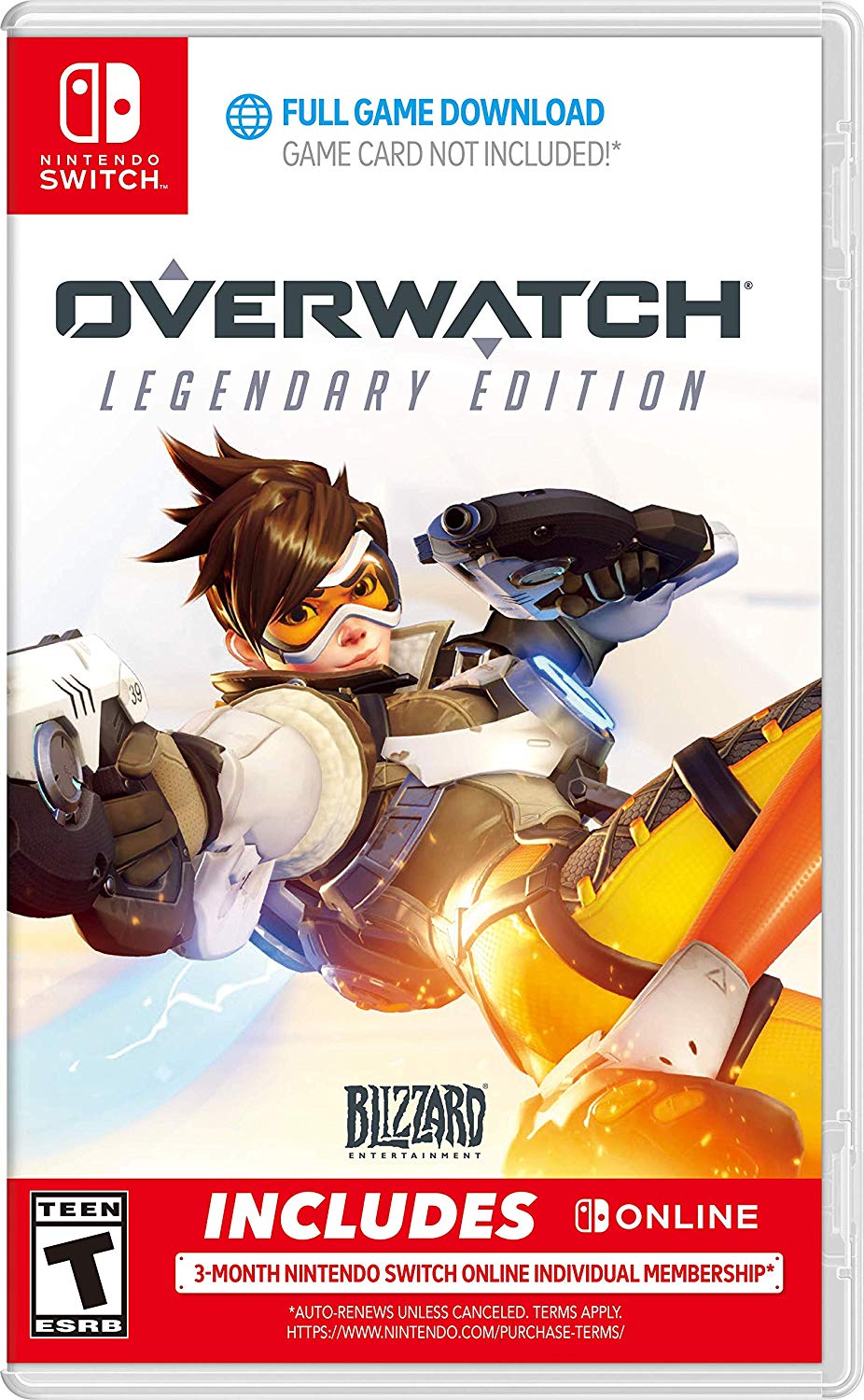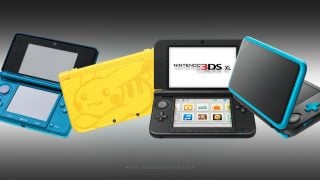I’ve been playing Overwatch on the PlayStation 4 since it launched back in 2016 — consequently, it’s probably the single game I’ve spent the most time playing since then. I don’t consider myself a die-hard Overwatch player, however — I’ve never touched the game on PC, and the only time I place above Gold in competitive is when I’m playing Lúcioball. While I do enjoy the gameplay, what drew me in originally was the huge initial cast of characters, each with a unique and incredibly detailed design.
As time went on, more and more characters, maps, and modes were added; but what really keeps me playing these days are the several seasonal events taking place throughout the year. Now, with Overwatch on Nintendo Switch, there are even more reasons to keep playing, since I can now play just about anywhere.
The World Could Always Use More Heroes
Overwatch is often described as a team-shooter, where two teams of six heroes fight to accomplish objectives across several maps. In the main gameplay mode, players are tasked with one of the following objectives depending on the map: one team will push a payload along a set track from one point to another while the other team attempts to stop them; one team will attempt to stop the other from capturing two points in succession; or both teams compete to keep control of a set area for an extended amount of time, king-of-the-hill style.
In the current version of Overwatch, heroes are divided into three roles based on their abilities and basic play-style. The three roles are Damage, Tank, and Support — players queue into one of these three roles before starting a match. Each team has two slots for each role in order to keep the team balanced, but players can choose any hero within that role to play as once the match starts. With a huge cast of 30 unique heroes, players are bound to find a favorite (or three) when playing. When playing on PS4, I’ve found that I’m comfortable using just about any hero that the situation calls for, but with the Switch version’s new gyro-controls I found myself gravitating to heroes who can benefit from small adjustments to my aim as I’m shooting — such as the outlaw sniper Ashe, the mech-pilot D.Va, or the ice-wielding revolutionary Mei.

Experience Mobility
Overwatch on Switch is a dream come true for me, with the countless hours I’ve spent playing before now always taking place in one spot — my living room TV. All too often I had wished for a way to play portably so my wife could use the TV, or a way to play Overwatch during some downtime at family gatherings. In the day since the servers went live, I’ve played almost exclusively in handheld and the experience has been wonderful. The game runs in 720p at 30fps when handheld, but on the small screen it still looks pretty great. The motion does start to look slightly jittery when there’s a lot happening on-screen, though at times it was hard to tell if that was a frame rate issue or if my Wi-Fi was spotty. Anytime the game shows a replay — in highlights, Play of the Game, or the kill cam — the frame rate started to drop as well. The game is definitely still playable, however, and I view the tradeoff for the portability as more than worth it.

The Switch version of Overwatch is the full-fledged experience too; every hero, map, skin, and game mode is here for players to enjoy at home or on the go. In addition, the Switch version has added gyro-controls, allowing players to fine-tune their aim with the motion sensors in their Joy-Con or Switch Pro Controller. The gyro-controls initially took a lot of getting used to — I spent nearly an hour in the practice range last night, adjusting the settings and swapping between heroes to try and get the hang of them. At high-level play they’re likely to be a game-changer, due to the pinpoint accuracy they can provide, but I’ve turned them off for now due to the fear of becoming dependent on them and then not having them available to me when I play on PS4.
Compromises
I’m thoroughly enjoying the Switch version of Overwatch, but one of the biggest draws of the game is collecting different cosmetics — skins, sprays, emotes, etc. — for the playable heroes over time, and while every cosmetic is present in the Switch version, the most disappointing thing I’ve encountered has been the lack of cross-progression. Despite having linked my Battle.net account to my PSN and Nintendo accounts, none of the hundreds of cosmetics I’ve unlocked on PS4 will transfer to the Switch. Blizzard hasn’t explicitly ruled this out from happening in the future, but the game has been available on three different platforms for more than three years without cross-progression at this point, so I’m not getting my hopes up.

When it comes to bringing Overwatch to the Switch, there have been some visual compromises. As stated above, the game runs at 720p 30fps in handheld, and when docked that resolution only goes up to 900p, and still runs at 30fps. Lots of the textures aren’t as crisp or detailed, on both the environments and the different heroes and their skins. I’m not bothered by this much, as these graphical sacrifices are what makes Overwatch on Switch possible. However, the downgrade in textures and lower frame rate can be a bit jarring to players who have previously played on other consoles — especially for PC players who are likely used to very high-resolution gameplay at much higher frame rates.
Approaching the Destination
If your Switch is the only gaming platform you have and you’re interested in playing Overwatch, you shouldn’t feel any hesitation jumping into it. If you’ve played on other platforms and want a portable option and/or really want to try playing with gyro-controls, there’s a bit of a tradeoff due to graphical downgrades, but to me, the Switch version feels worth it in the end. Is it going to become my main way of playing Overwatch? Probably not, as I’ve put a lot of time, effort, and money into the PS4 version. However, having a copy of Overwatch that’s available to play anytime, anywhere means I’m likely to have opportunities to play that just weren’t there before, and that’s exactly what I wanted.
Leave a Comment

System: Nintendo Switch
Release Date: October 15, 2019
Categories: Action, First-Person, Multiplayer
Publisher: Blizzard Entertainment
Developer: Blizzard Entertainment


